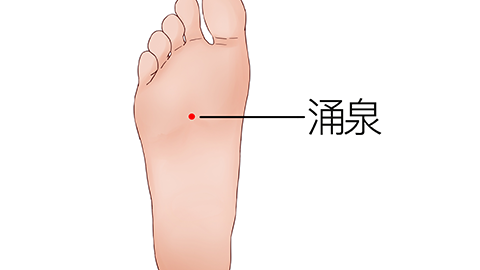What does the term "Yongquan point" mean?
Generally speaking, the Yongquan point (KI1) is the well point of the Shaoyin Kidney Meridian, symbolizing the continuous flow of kidney energy (Qi) emerging from the soles of the feet like a spring. The detailed explanation is as follows:

In traditional Chinese medicine, the Qi of the kidney meridian is viewed as spring-like energy emerging from the soles of the feet, flowing throughout the body to nourish and sustain it. The Yongquan point is a special location along the Foot Shaoyin Kidney Meridian, representing the continuous and unceasing nature of kidney Qi. Yongquan is located on the sole of the foot, specifically in the depression at the sole's center when the foot is flexed and the toes curled. Anatomically, this acupoint resides in a lower part of the body and serves as an important neural reflex center. Stimulating or massaging Yongquan can regulate nerve function, improve sleep quality, and relieve symptoms such as headaches and neurasthenia.
As Yongquan is located on the sole of the foot, keeping the feet warm helps promote the smooth flow of kidney Qi. Therefore, walking barefoot for extended periods or exposing the feet to cold environments should be avoided to prevent invasion of cold pathogens, which may impair kidney Qi.




